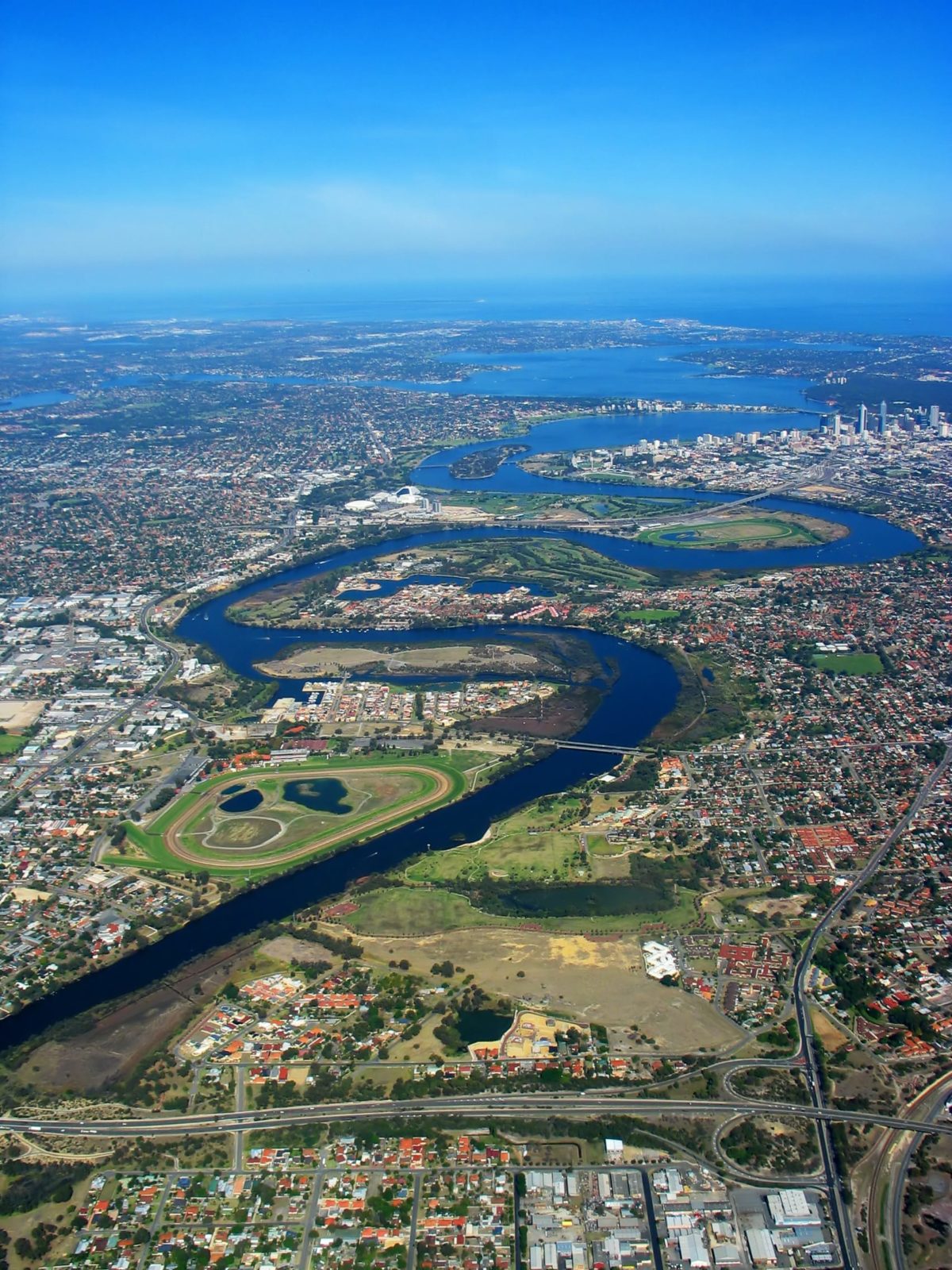
What is a water sensitive city?
Why a water sensitive city?
Many cities and towns in Australia and around the world face three critical challenges in managing water resources, waterways, river basins and coastal environments, and ultimately people’s quality of life:
- a rapidly growing population with changing lifestyles and values;
- a changing and highly variable climate; and
- a challenging economic environment.
Population growth increases the pressure on water resources, with water scarcity and pollution posing the greatest risks.
Climate change is resulting in more extreme weather events such as floods, heatwaves, bushfires, increasing periods of drought, and more frequent and intense storms and cyclones that can lead to loss of life while adding extra pressure on our water-related infrastructure and homes located in vulnerable places. Our urban water systems need to be resilient enough to anticipate the “shocks” brought on by these increasingly extreme climate patterns.
Further, when cities and towns are constructed, the natural landscape is dramatically altered: vegetation and soil are replaced with hard, impervious surfaces and buildings. This leads to the development of unique urban climates that are quite different from those of surrounding natural environments. The common results: an increase in air pollution, modified rainfall patterns, and higher air temperatures.
Lastly, a tightening economic climate favours a focus on cost saving and increased efficiency, achieved through micro-economic reform. Under these challenging conditions, delivering innovative solutions – toward creating more water sensitive cities and towns – is no easy feat.
A vision for a water sensitive city
A water sensitive city of the future is a place where people want to live and work. It is a place that:
- serves as a potential water supply catchment, providing a range of different water sources at a range of different scales, and for a range of different uses;
- provides ecosystem services and a healthy natural environment, thereby offering a range of social, ecological, and economic benefits; and
- consist of water sensitive communities where citizens have the knowledge and desire to make wise choices about water, are actively engaged in decision-making, and demonstrate positive behaviours such as conserving water at home and not tipping chemicals down the drain.
Read more about the three pillars of a water sensitive city in blueprint2013.
What makes a city water sensitive?
Water is integral to almost every feature of an urban landscape. Our cities and towns are complex, ever evolving places, and the way we interact with other people constantly changes too. In a water sensitive city, we interact with the urban water (hydrological) cycle in ways that:
- provide the water security essential for economic prosperity through efficient use of diverse available resources;
- enhance and protect the health of waterways and wetlands, the river basins that surround them, and the coast and bays;
- mitigate flood risk and damage; and
- create public spaces that collect, clean, and recycle water.
As described in our vision for the CRCWSC, a water sensitive city can also be described as one that is resilient, liveable, productive, and sustainable. But what does that mean?
